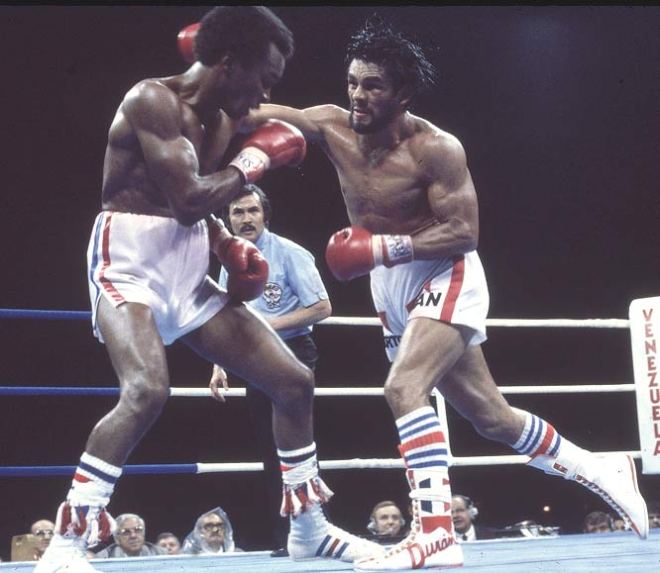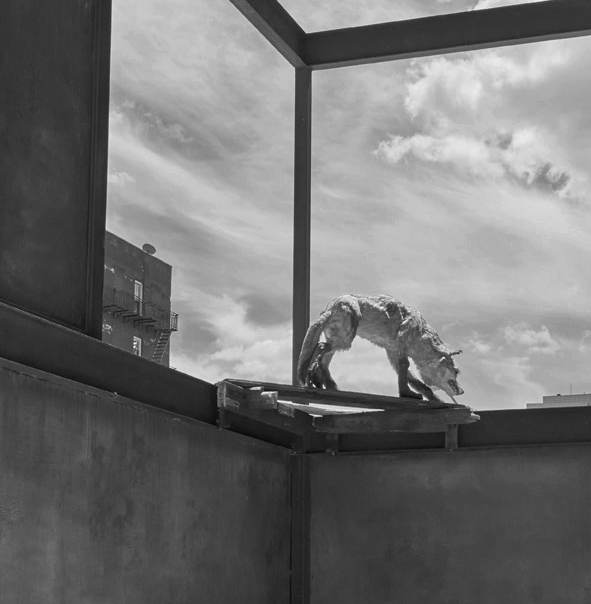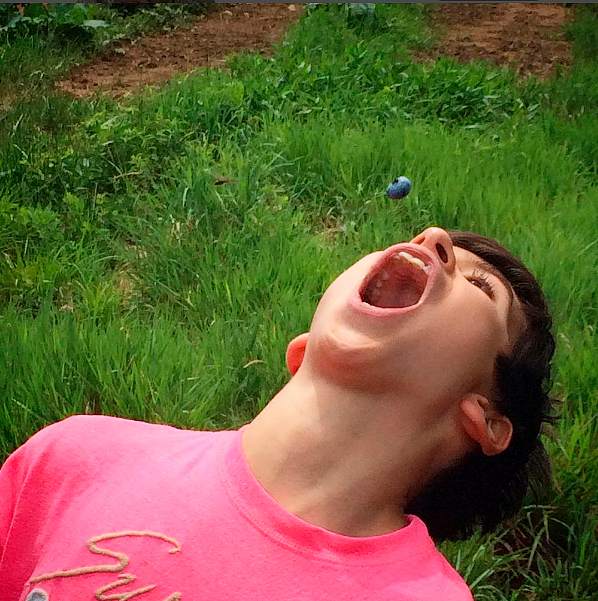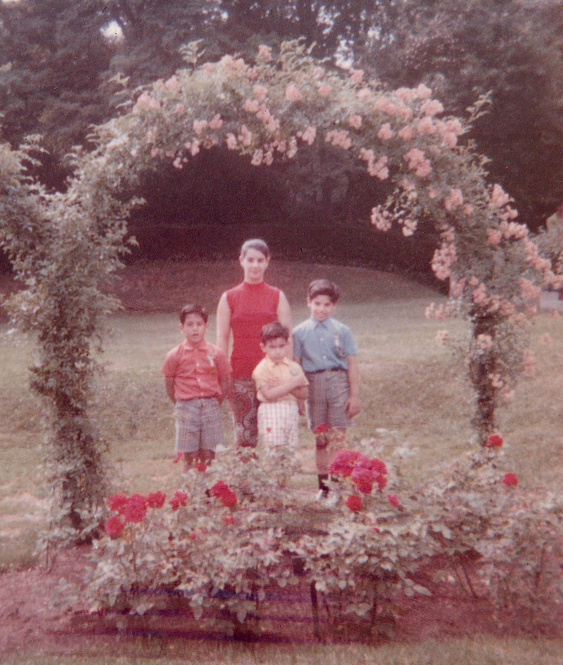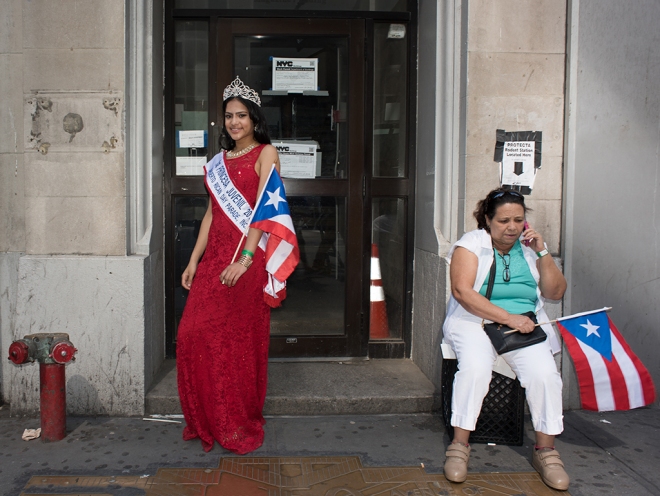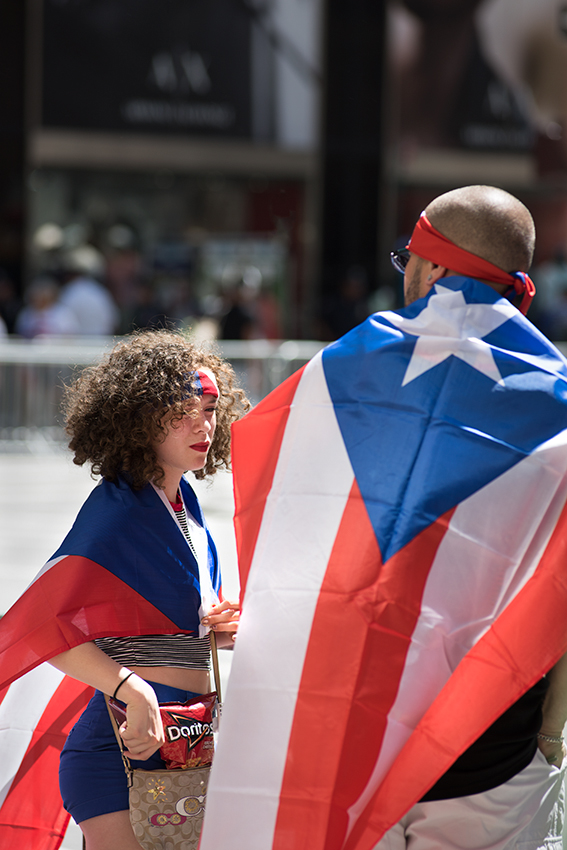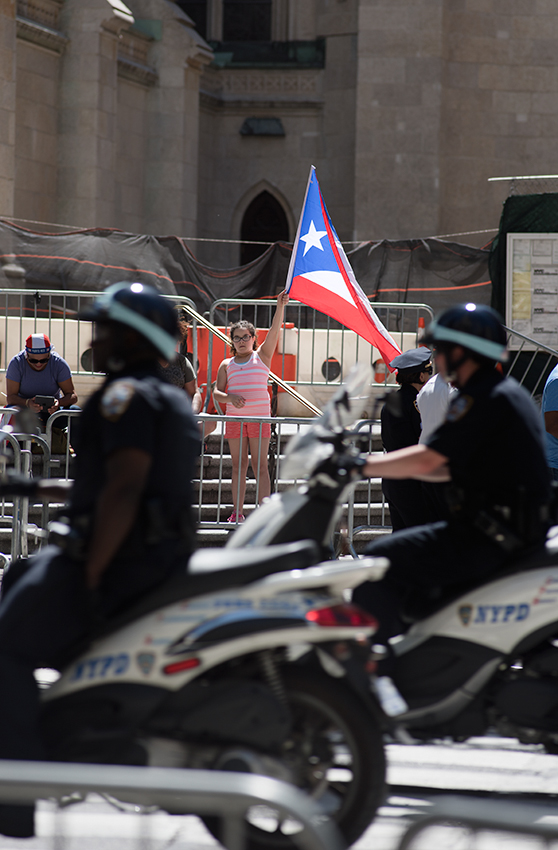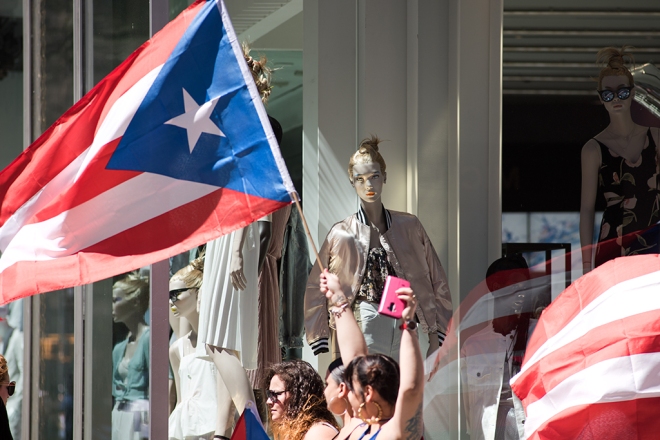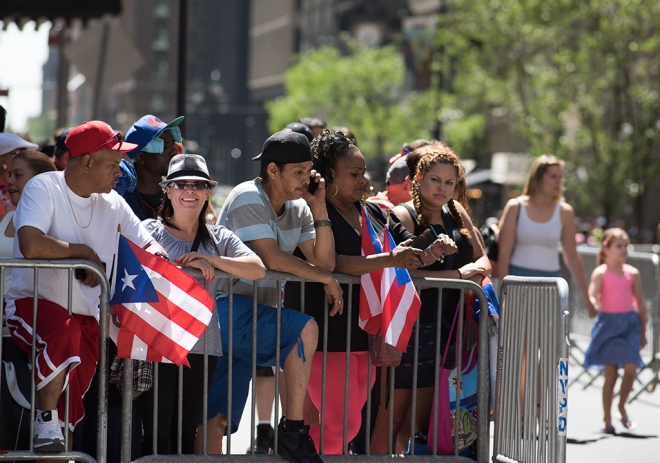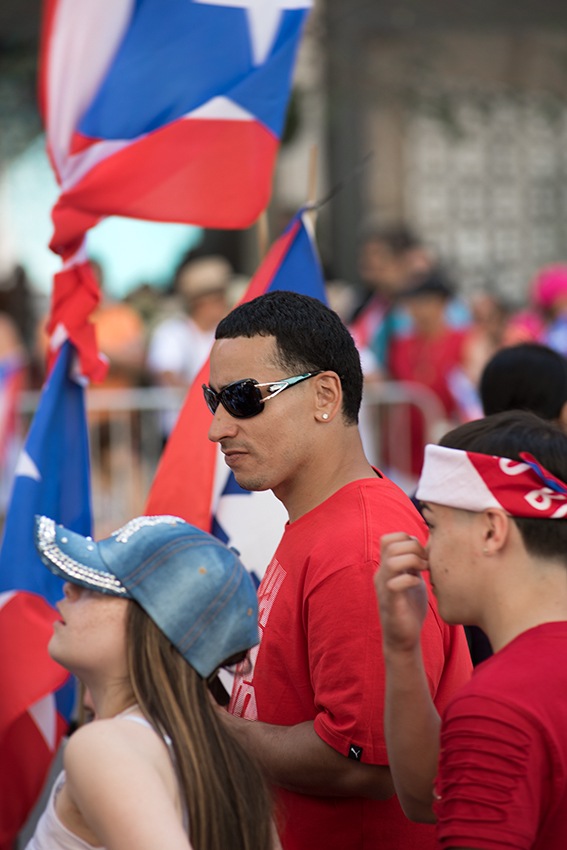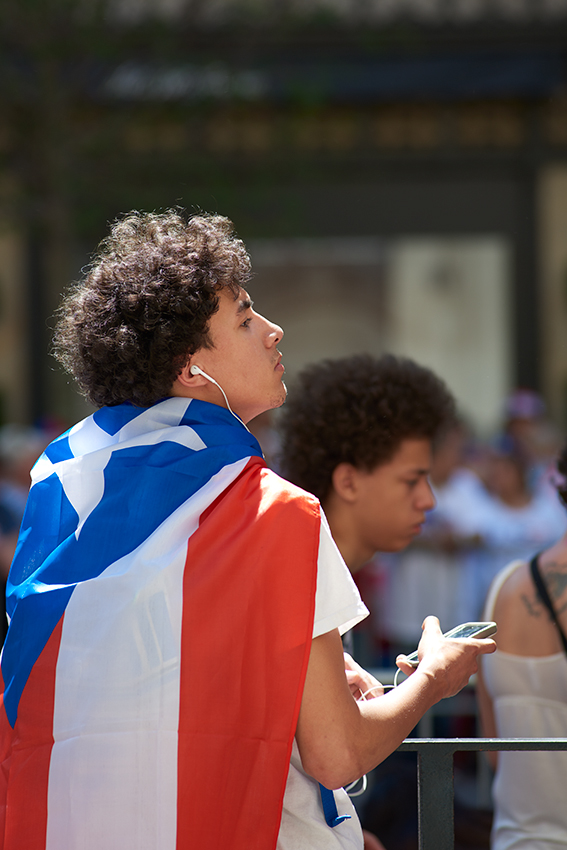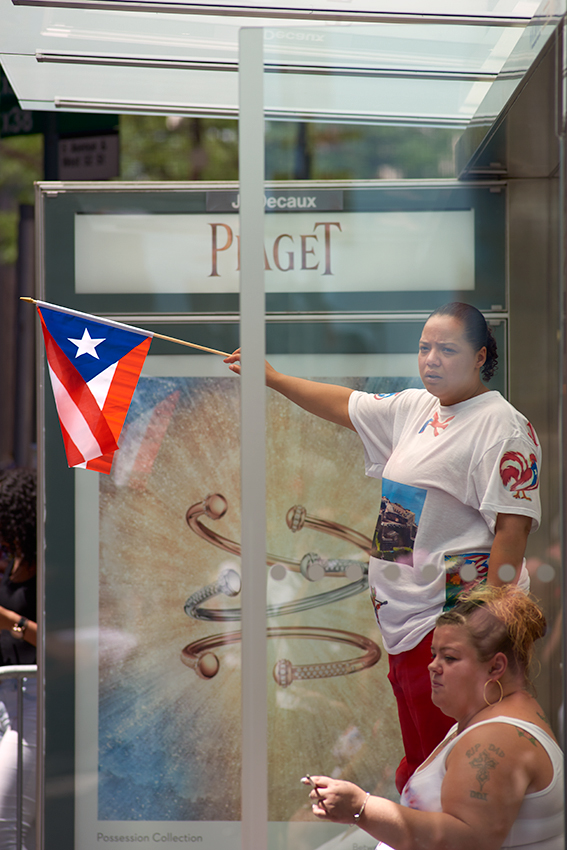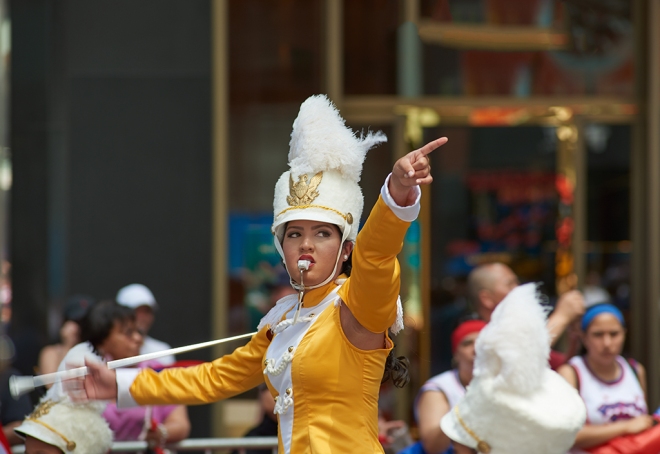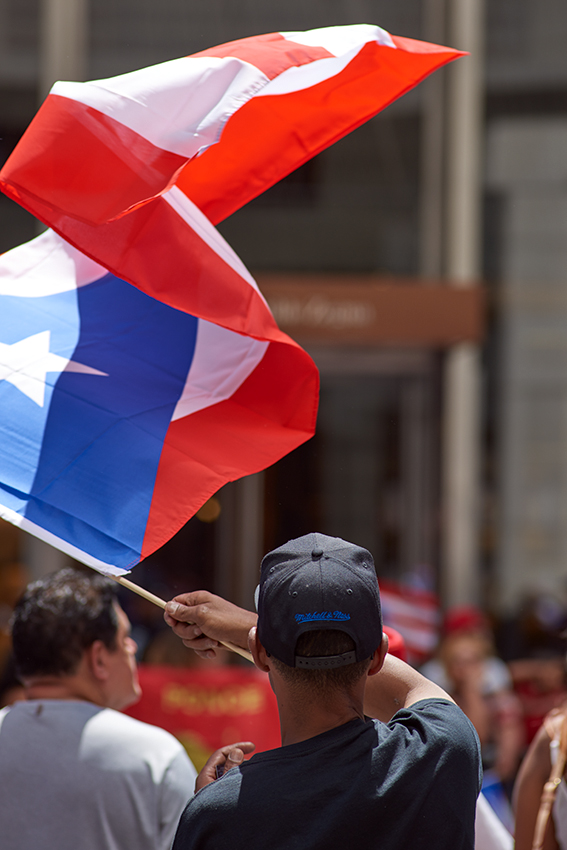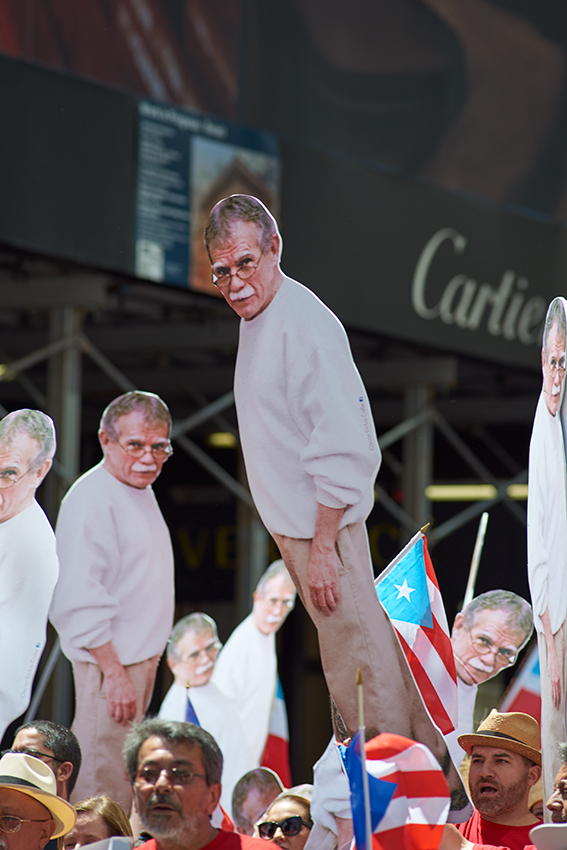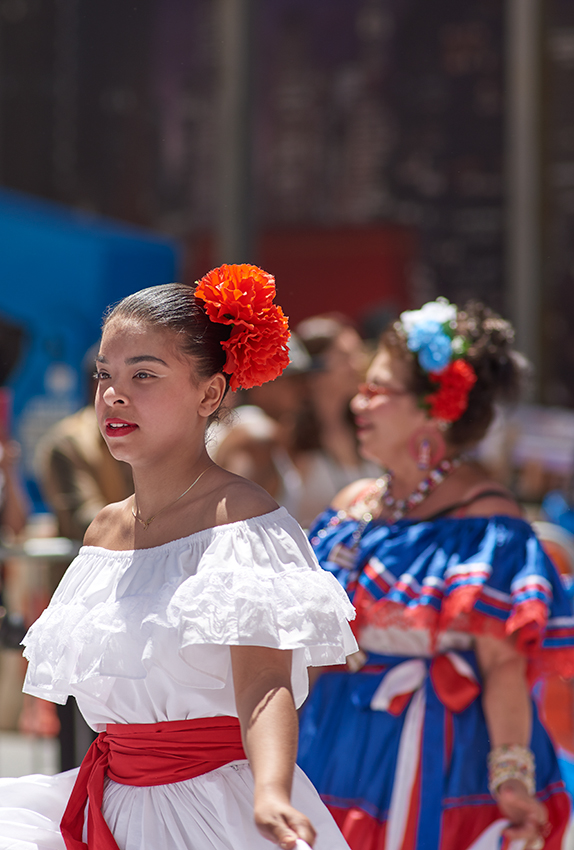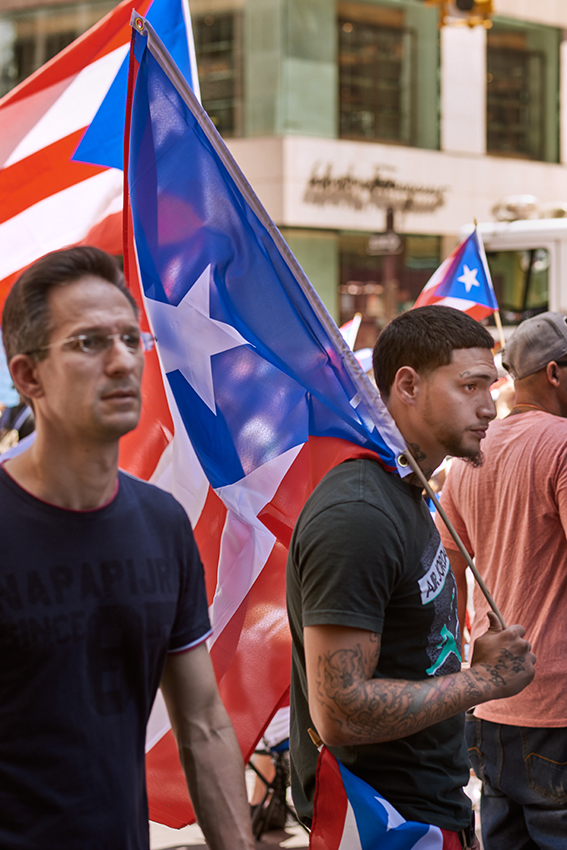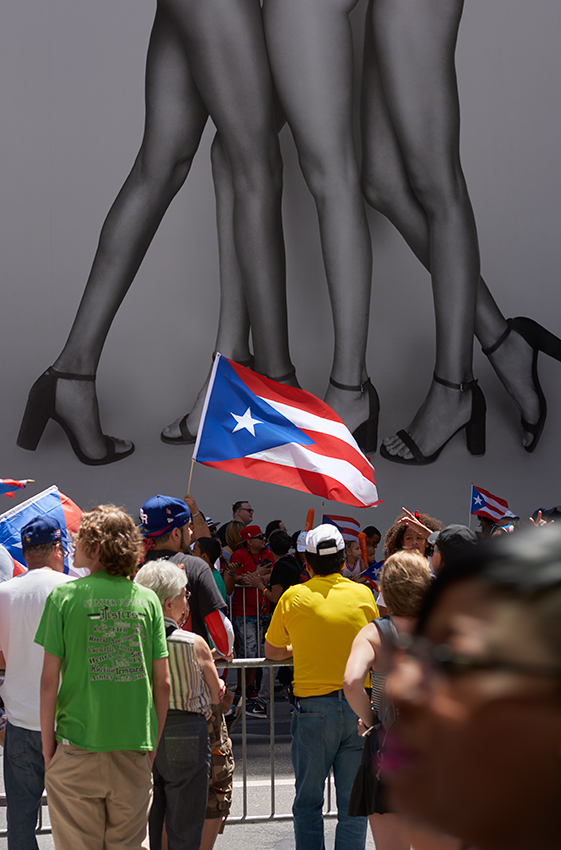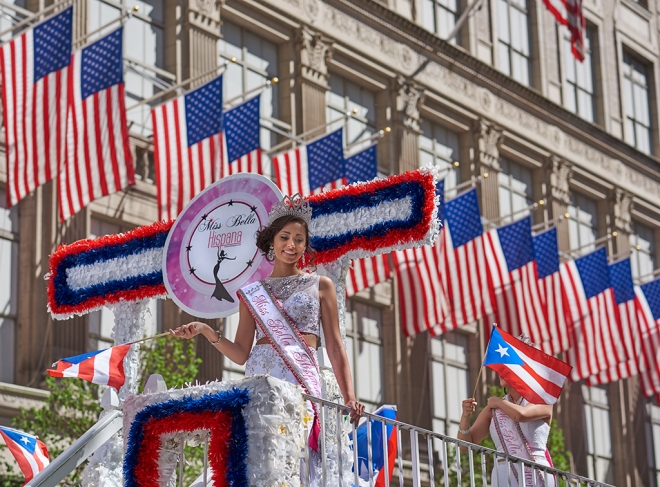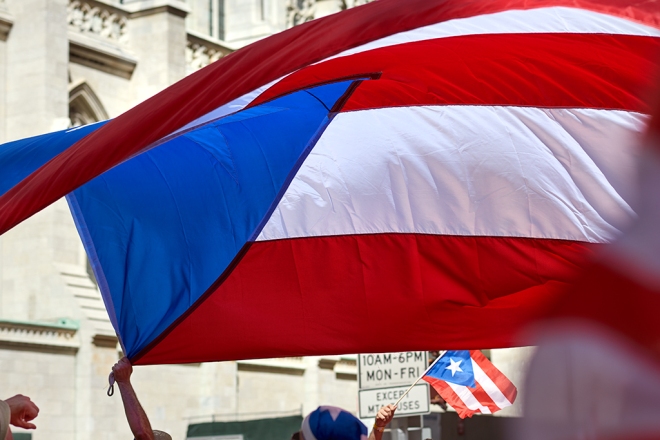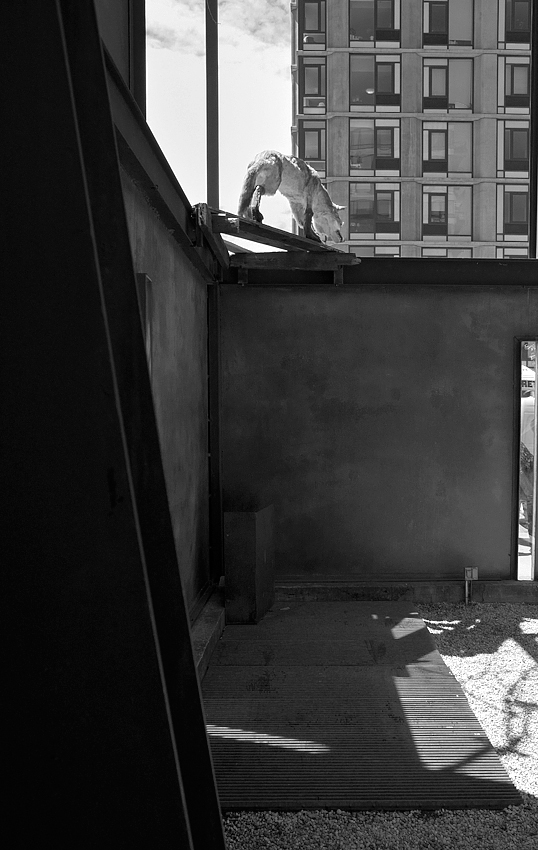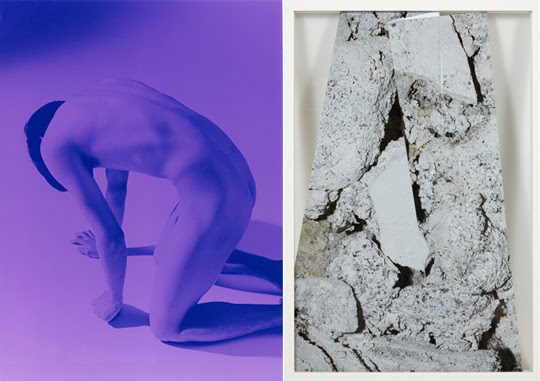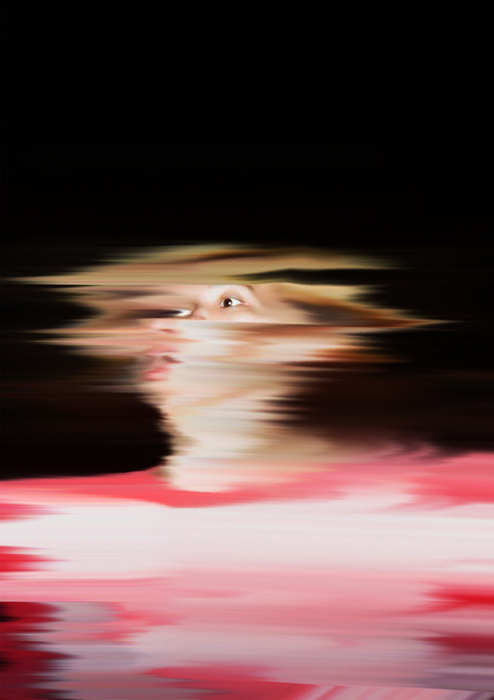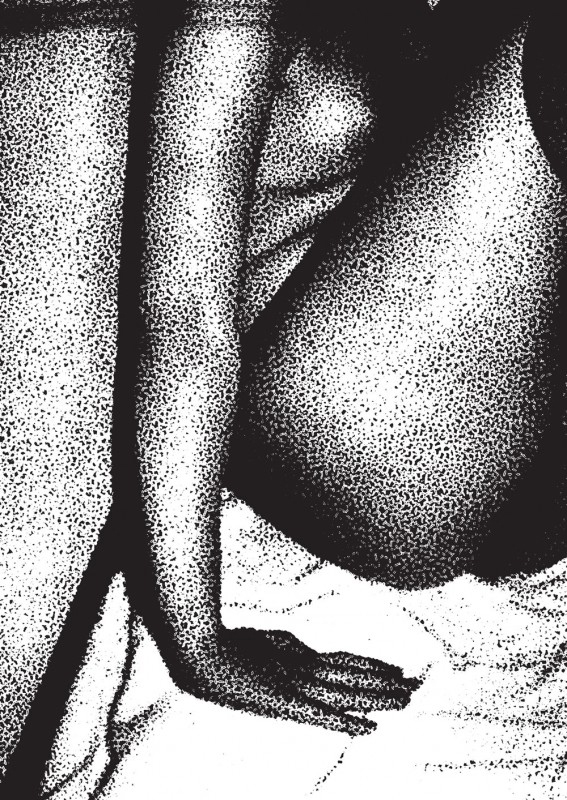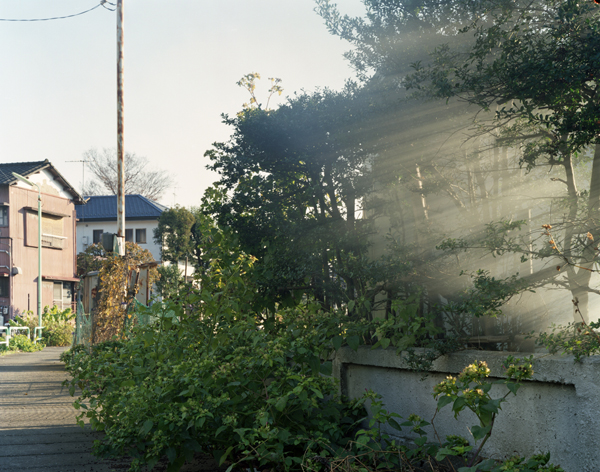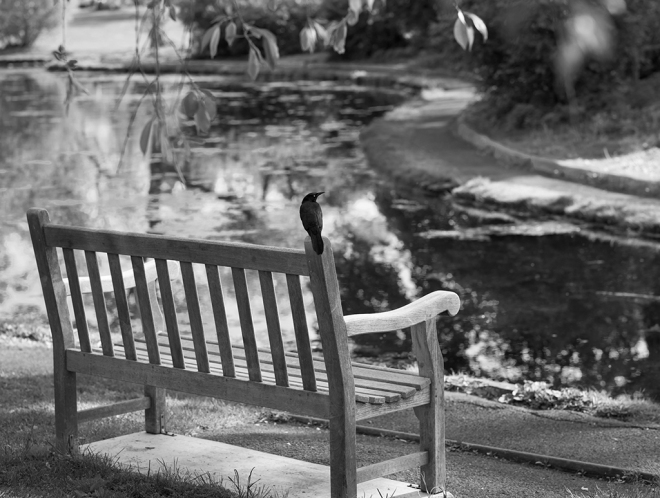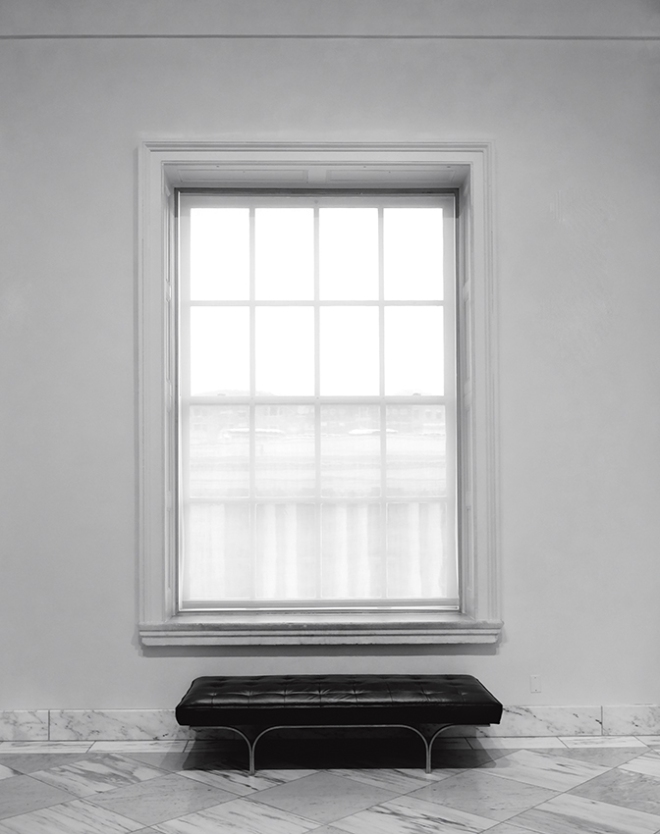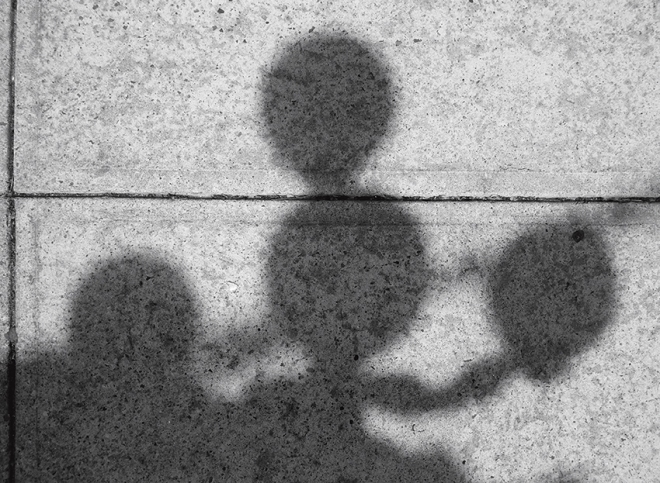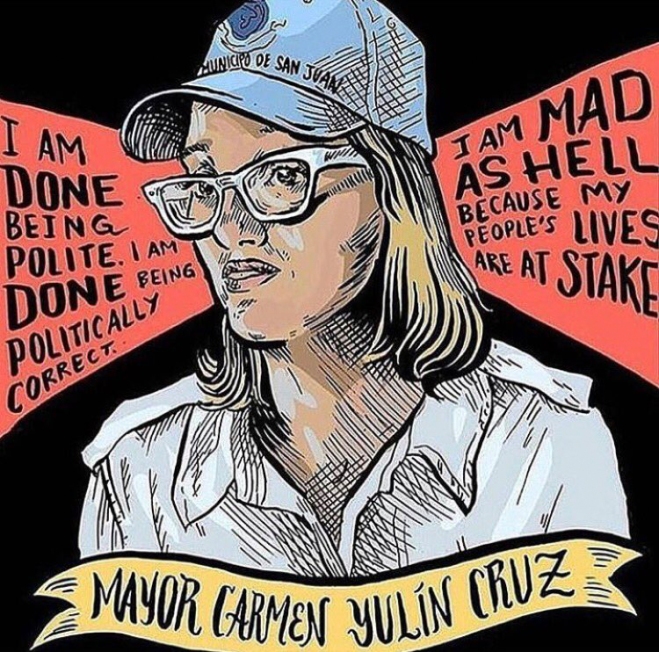
Angelique Robertson was one of the many Black and Latino kids that hung around the handball courts in my childhood neighborhood of Greenpoint, Brooklyn. She was also in most of my classes in Junior High. There were only two courts and the wait to get on to play were at times excessive. Usually I brought a book to read, usually Science or History, while I waited. On this particular day I had a biography of Martin Luther King. Angelique had a crush on me. “Why you reading that book, you ain’t black”, she blurted out to me. My response was a cold stare.
I am dark skinned but my color and features tend towards the indigenous of America. My silence at the handball courts did not stem from any sense of shame, rather it was more a sense of confusion. As a person of Puerto Rican heritage, like many other Latino’s in The Americas, my culture and biology are a mix of the Indigenous, African and European, Different persons display different sets of traits. My Mother, whose grandfather arrived from Spain to Puerto Rico has very light skin and fine features. My Father, who was born and raised on the Island of Vieques has dark, has reddish skin and a wide nose. My great, great maternal grandmother was said to be of pure Taino blood. As a Puerto Rican I can lay claim to Indigenous, European and Black. But not really.
Unlike African Americans in the U.S. we have claims to the lands in The Americas. We were not captured and shipped to foreign lands to become slaves. We were conquered and put in bondage in our own backyards. The African Slave trade, while more pervasive in Latin America than the U.S., started earlier (closer to 16th Century) and partly because of this the African slaves were able to more fully integrate after emancipation. We are an amalgam of all that Imperialism has wrought. The history of American and European colonization is written upon our skins.
Blacks in the U.S. and Whites in the U.S. are the two poles of race with all others somewhere along this racial spectrum that makes up America. For Puerto Ricans and other Latino groups we can be found all along this spectrum from White (San Juan Mayor Cruz, Ricky Martin) to Brown (Marc Anthony, JLo,) to black (Roberto Clemente). As a member belonging somewhere in the middle of the spectrum (in the winter I am much lighter and I am often confused for a caucasian man showing off a tan in winter to very dark in Summer and very Indigenous looking) “Black Issues” effect me but not to the same extent. I have been denied apartments in some NYC buildings only to sign a lease for an apartment next door or the next block up.
As a group with Indigenous roots we face the same issues as other Native American groups of land theft and of cultural erasure and displacement. We have citizenship but like many marginalized groups we feel like second class citizens.
As I read Ta-Nehisi Coates’ latest book, I am captivated by his piercing intellect and insight into the Black American experience. Some of which is relevant to me as a Puerto Rican, just like the life of MLK and history of the Civil Rights movement was germane to my understanding of myself back in the handball courts my youth.
Right now with all that is happening in Puerto Rico, from Hurricane Maria and America’s lacadaisical response to the $73 billion dollar debt to the question of Statehood, I can’t help but feel that we need our own Ta-Nehisi Coates. An insider with the eloquence, insight, intellectual breadth and deep emotional connection to help enlighten Americans about the Puerto Rican experience. We are citizens of the U.S. and yet fully half of Americans were not aware of this fact. Bill Maher and other TV personalities constantly brand us as immigrants instead of “migrant” which would be the correct term. As citizens of the U.S. we are free to migrate from one State to another. We are not leaving a foreign country when we move from the Island of Puerto Rico to the U.S. mainland. We are already in U.S. territory. Americans need to know this.
While I am fully aware that, as Angelique stated back then, I ain’t black. I also know I am not white as my older cousin once informed me. I had made the mistake of being well read and educated and well spoken. I was the first in my family to go to College. “Why do you talk like that” he asked. “You not white”. I guess that’s true but having someone who can speak “like that” and effectively communicate the ideas and experience of the Puerto Rican diaspora to white America is just what we need.
